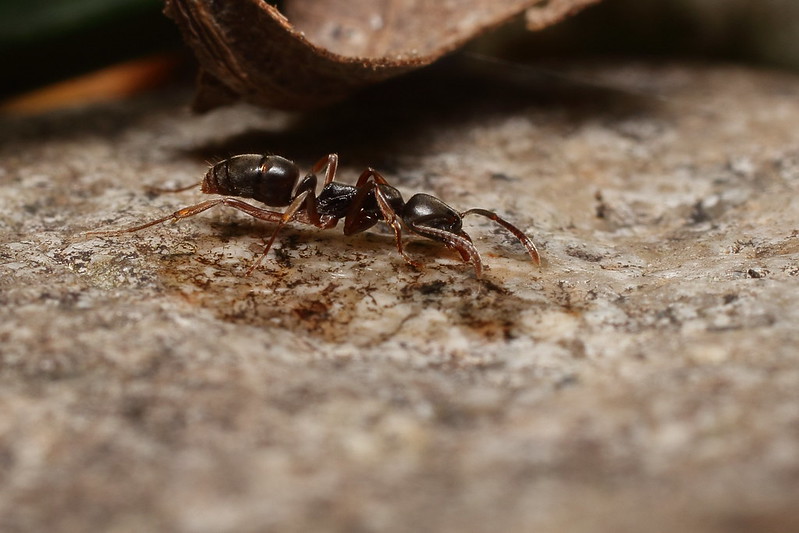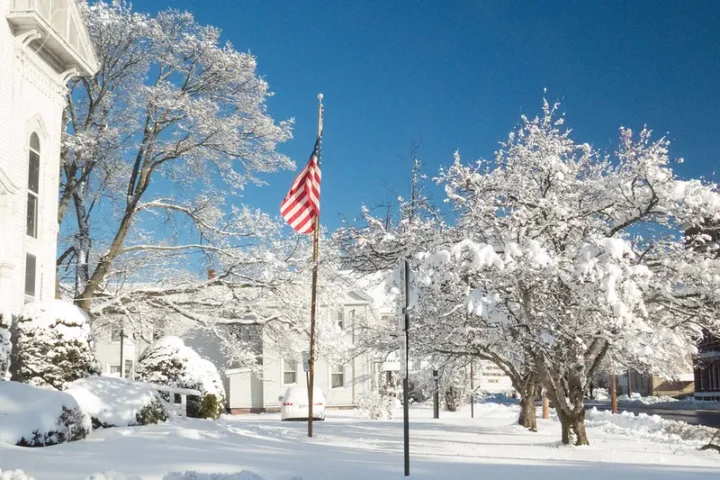A venomous ant from East Asia has quietly invaded much of the United States, with experts now warning about its painful sting and potential to trigger life-threatening allergic reactions. The Asian needle ant has established populations in 19 states, from Florida up to Wisconsin and New York.
“We are now considering it a medically important pest,” says Dan Suiter, a professor of urban entomology at the University of Georgia, following a surge in severe reactions requiring emergency care.
First found in Alabama in 1932, the Asian needle ant remained relatively low-profile until recent years. In spring 2022, Indiana recorded its first specimens when two specimens were sent to Purdue University’s diagnostic lab.
The ant’s sting packs a punch. It delivers a venom rich in alkaloids that causes intense burning pain that can spread beyond the sting site and last for hours. More concerning, about 2.1% of people stung in the ant’s native range of China, Japan, and Korea developed anaphylaxis—a severe, potentially fatal allergic reaction.
Georgia reported three confirmed anaphylactic reactions in 2024 alone. Symptoms mirror classic severe allergic reactions: breathing difficulties, dropping blood pressure, hives, stomach problems, dizziness, and a feeling of impending doom. People with known allergies to bees, wasps, or fire ants face higher risks and should talk with their doctors about carrying emergency epinephrine auto-injectors.
Similar Posts:
Beyond human health concerns, these ants harm local ecosystems. Field surveys in North Carolina and Georgia show native ant populations dropping by more than 50% in invaded areas. This matters because many of these displaced native ants spread tree and plant seeds—a crucial role in forest health and critical to maintaining healthy seed-dispersing species in woodland ecosystems.
Mary Bates of the American Association for the Advancement of Science highlights its “behavioral versatility” in co-invading urban, rural, and forest ecosystems simultaneously. What makes this tiny invader so successful? The Asian needle ant forms massive interconnected “supercolonies” with dozens of linked nests. This unusual social structure helps them pack more workers into an area and monopolize food resources, speeding up their territory expansion.
Climate change will likely make matters worse. Scientific models predict a 74.9% increase in suitable habitat for this ant across North America by 2100 under moderate warming scenarios. Their unusual tolerance for cooler temperatures allows them to thrive in northern forests previously thought too cold for them.
Controlling these ants starts with simple steps around homes: store firewood off the ground, clear leaf piles, seal foundation cracks, and remove damp logs or stones near buildings. Professional pest control companies can deploy specialized, slow-acting bait products containing hydramethylnon or fipronil that target colonies with minimal effects on other insects.

Recent research shows promise for better control methods. Protein-based baits mixed with termite body extracts showed 2× higher uptake and 50% faster colony reduction in forest tests. While no biological control agents have been approved yet, researchers continue exploring options like fungi and viruses that target ants specifically.
As this tiny invader continues its march across American soil, the public health and environmental concerns highlight how even small organisms can create big problems in new territories. This invasive pest saga underscores the need for vigilance and integrated management to protect both people and ecosystems.


















